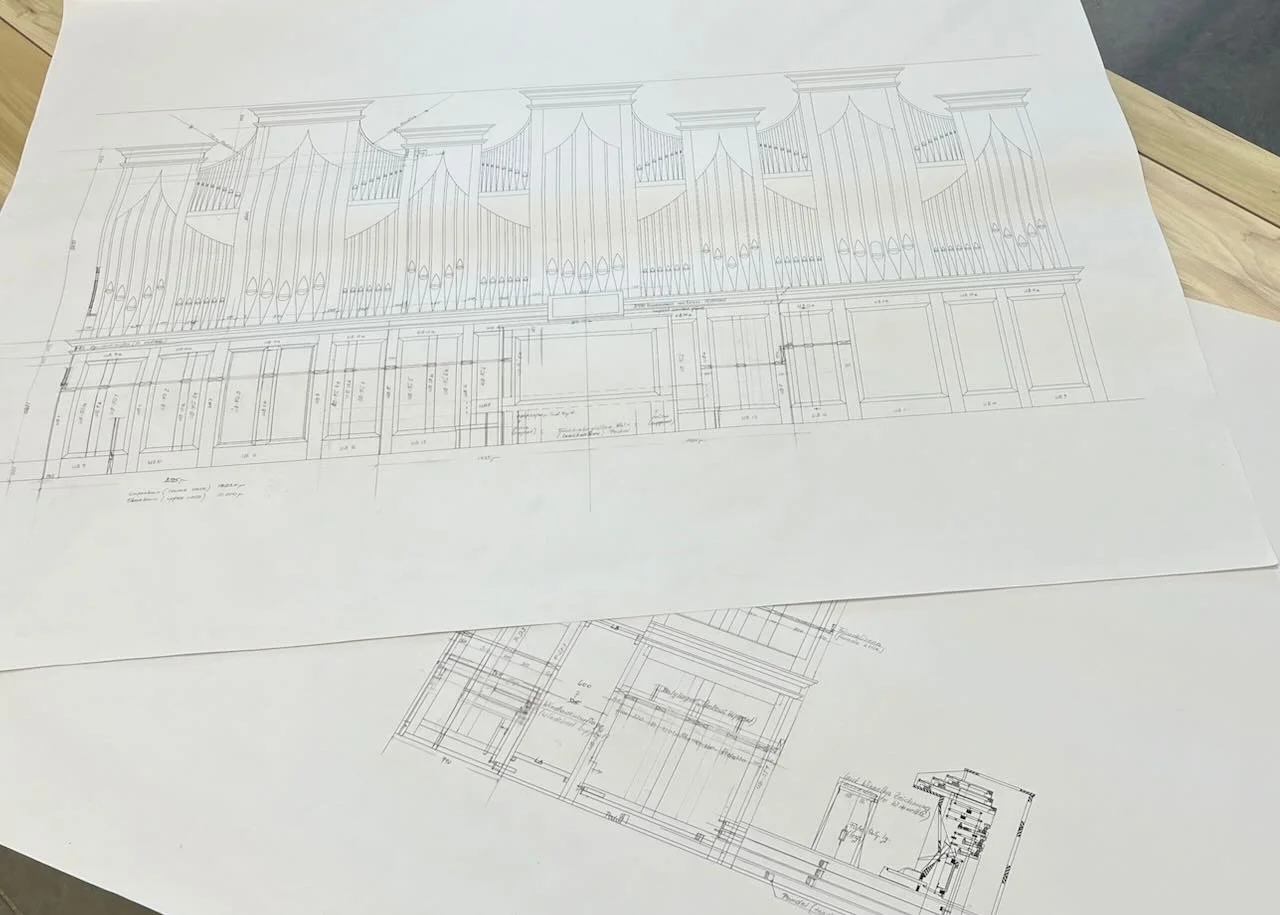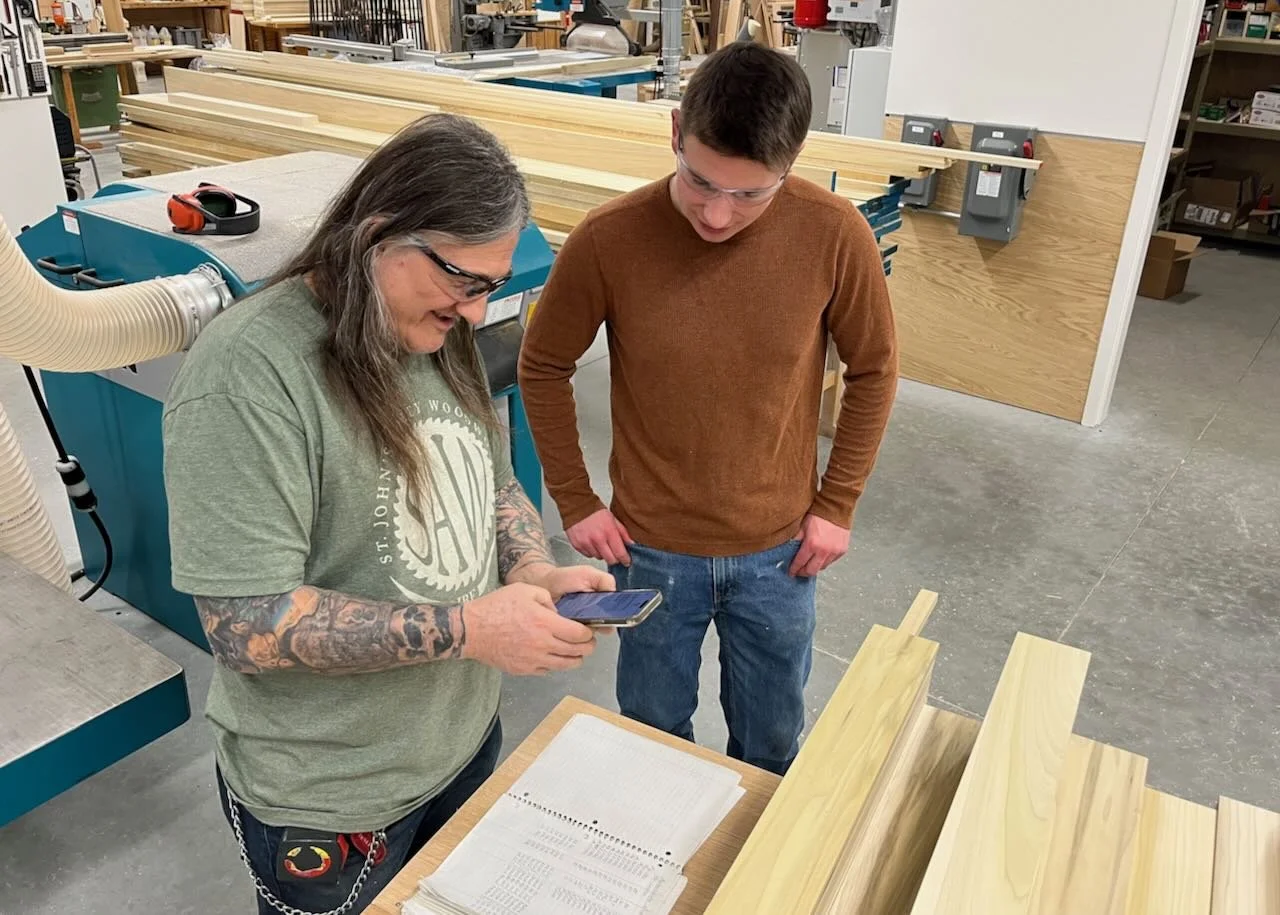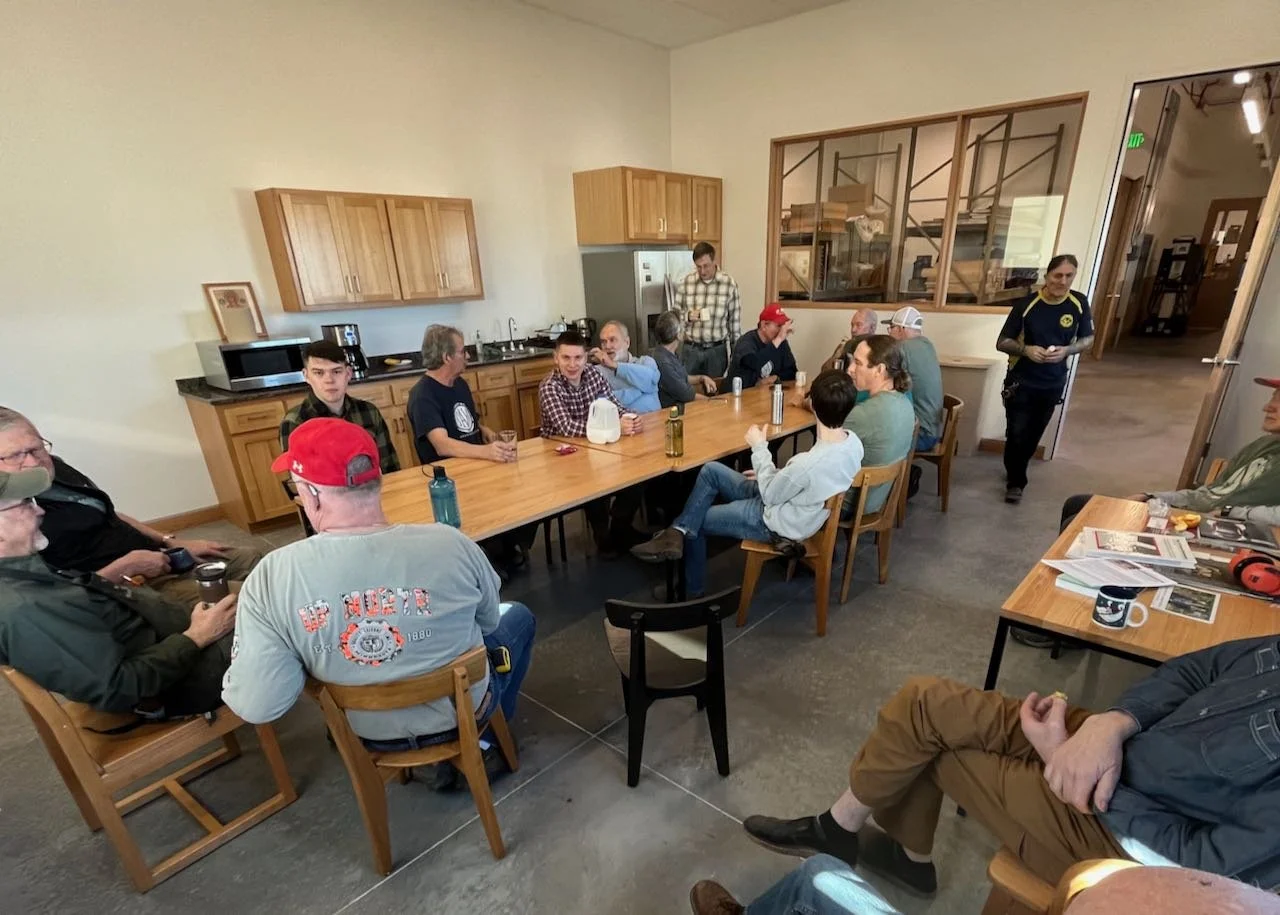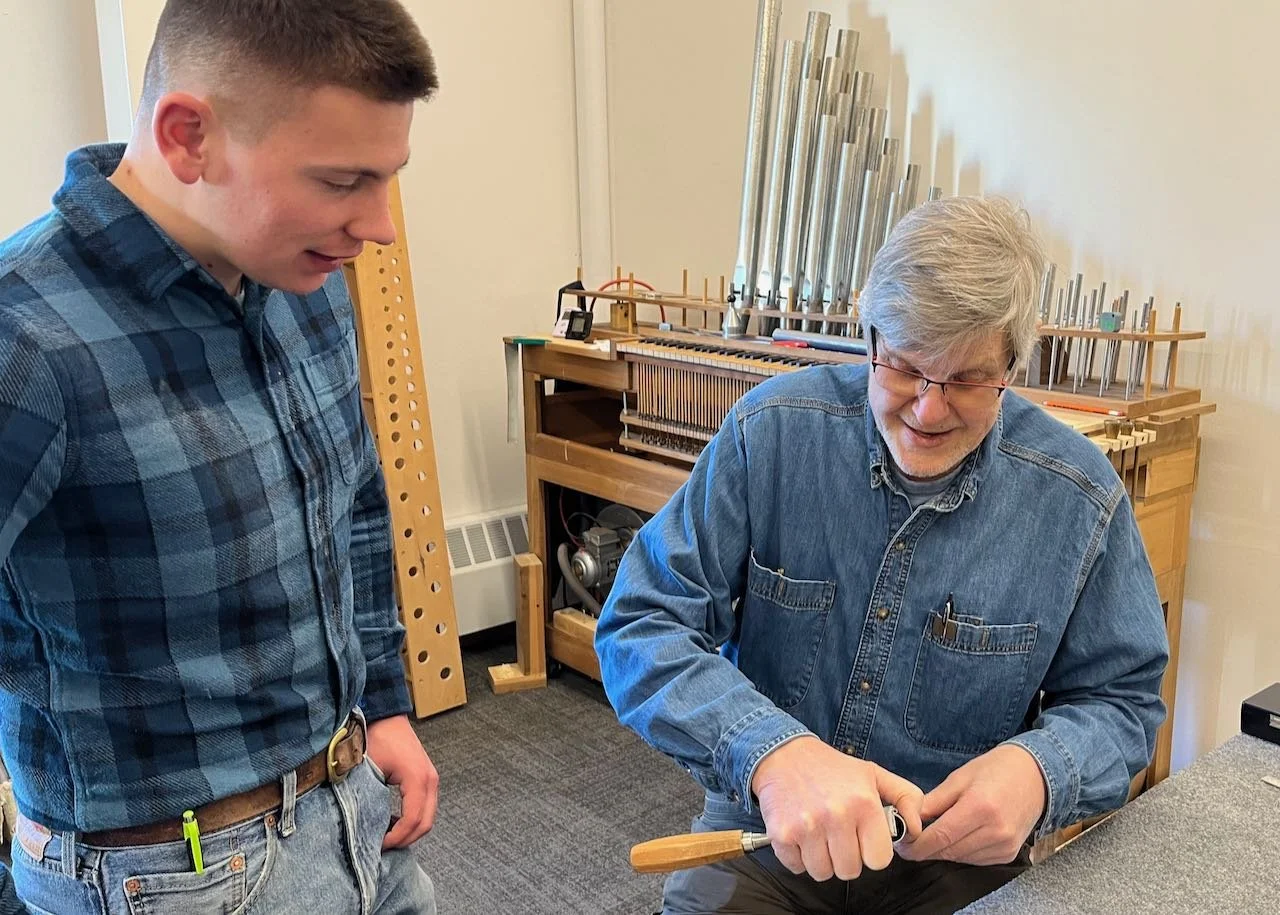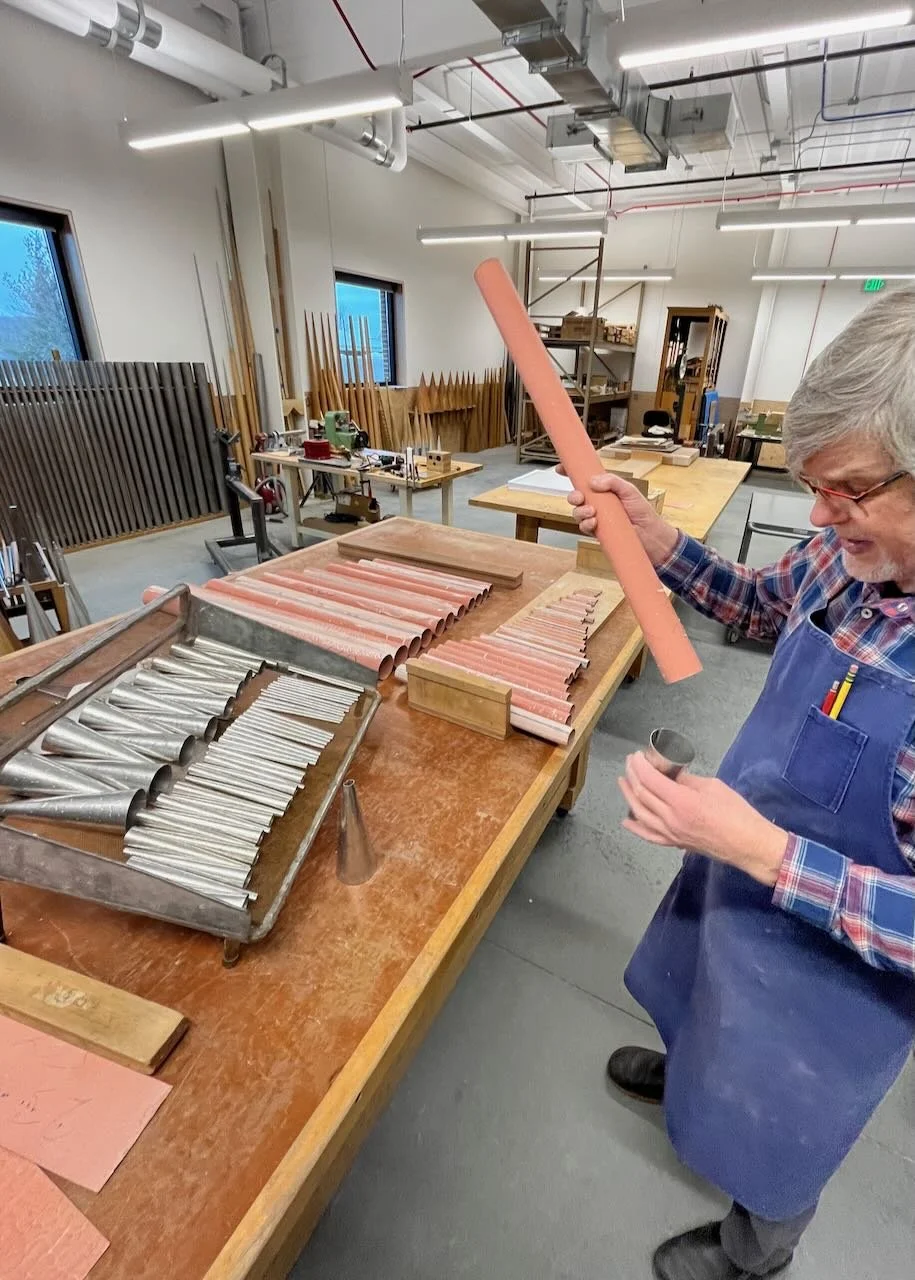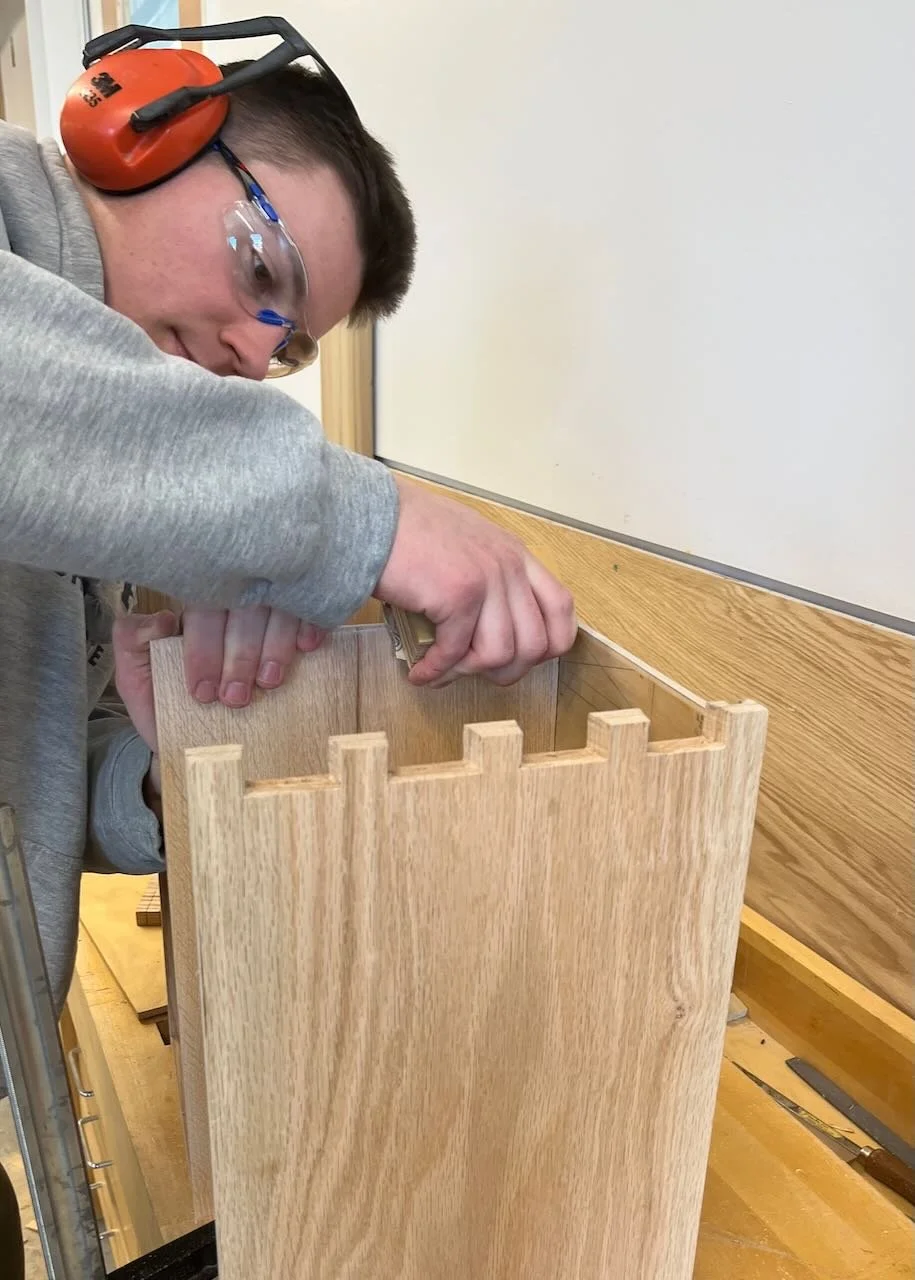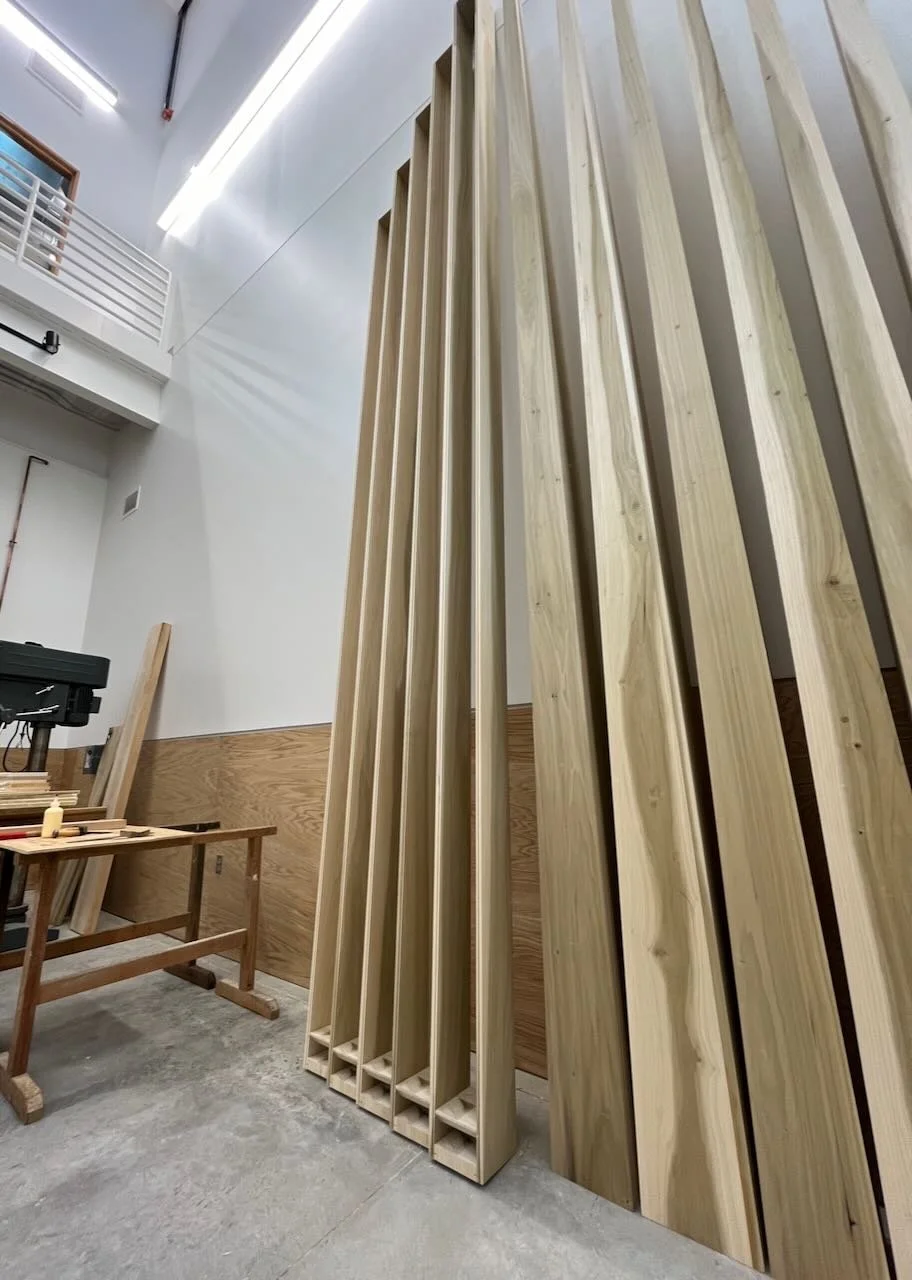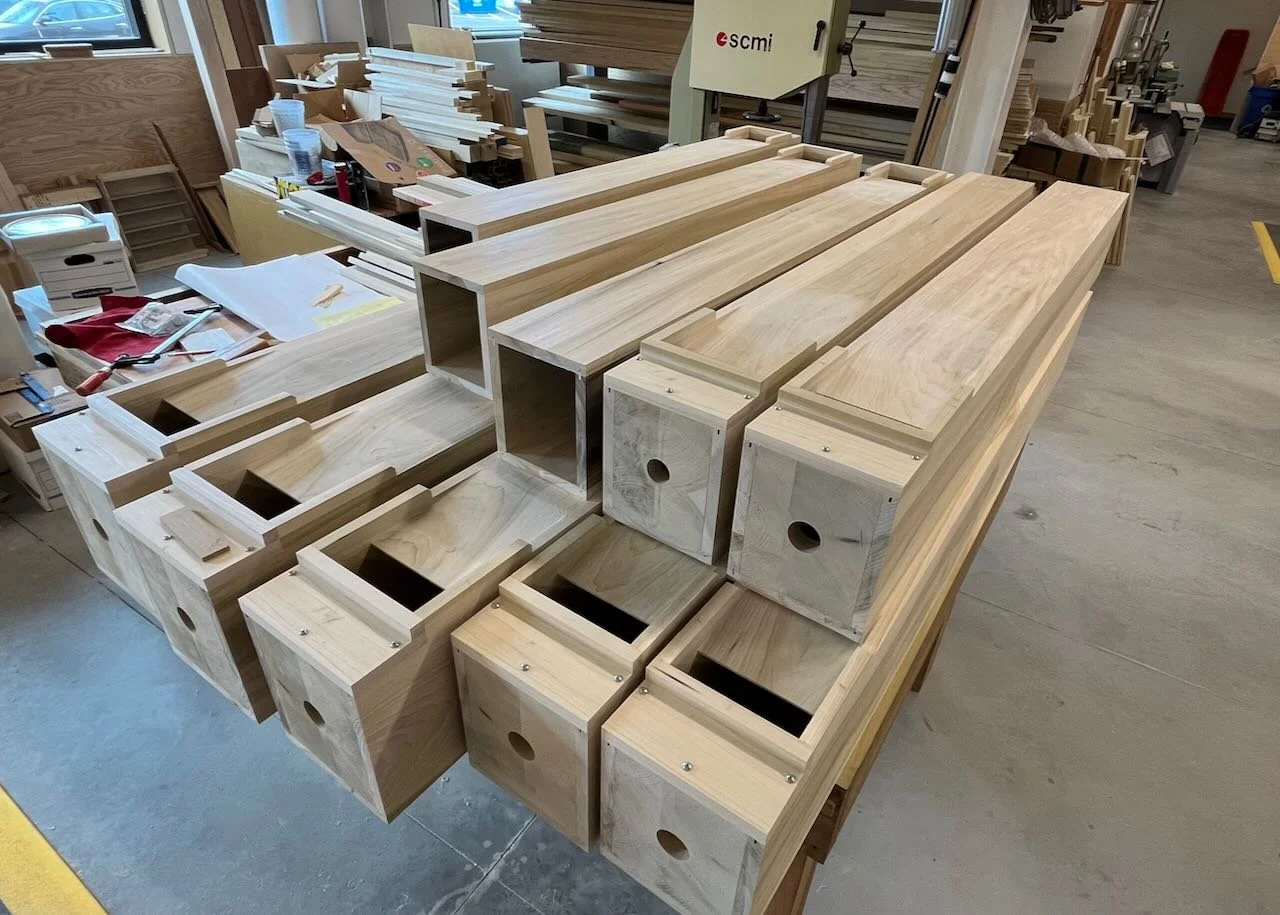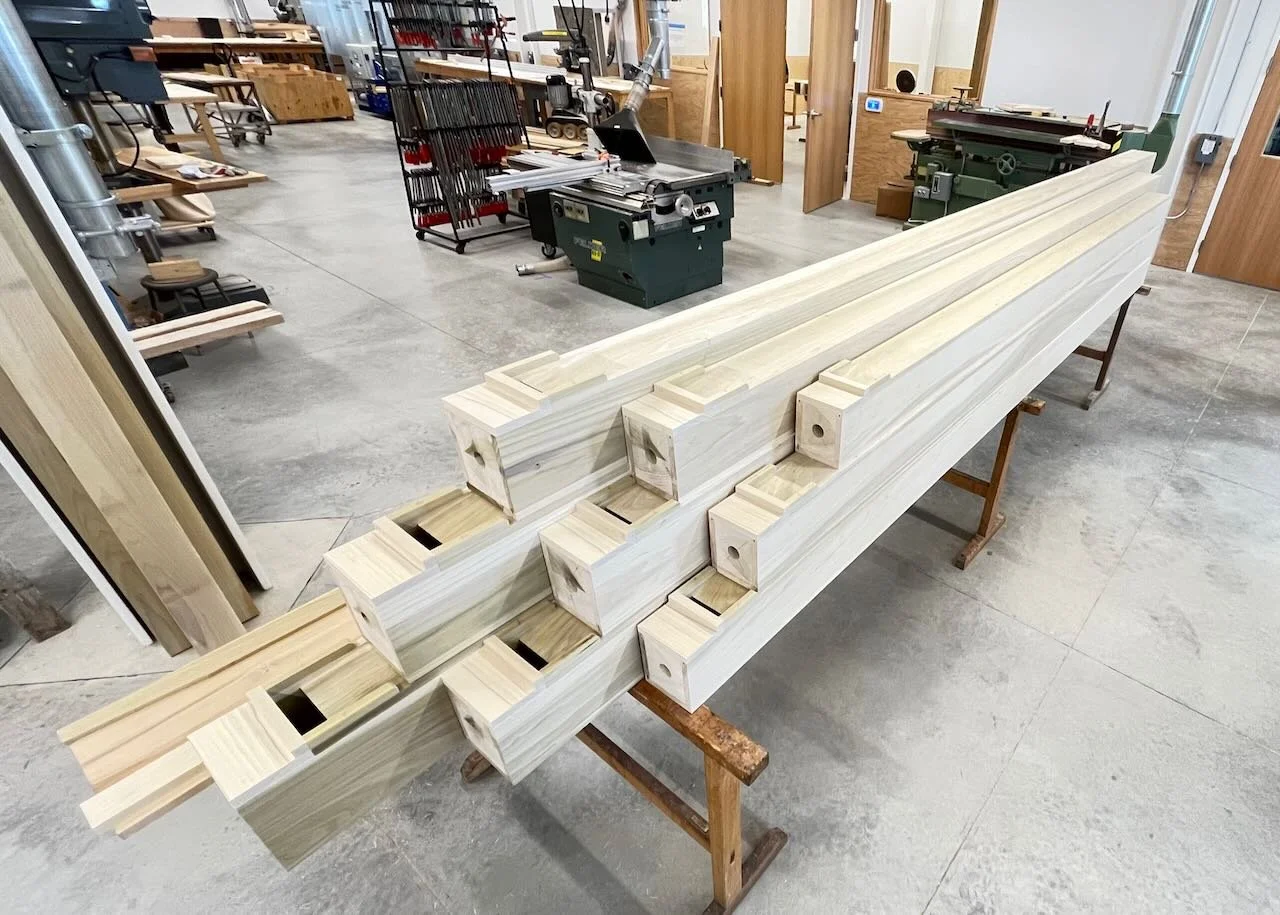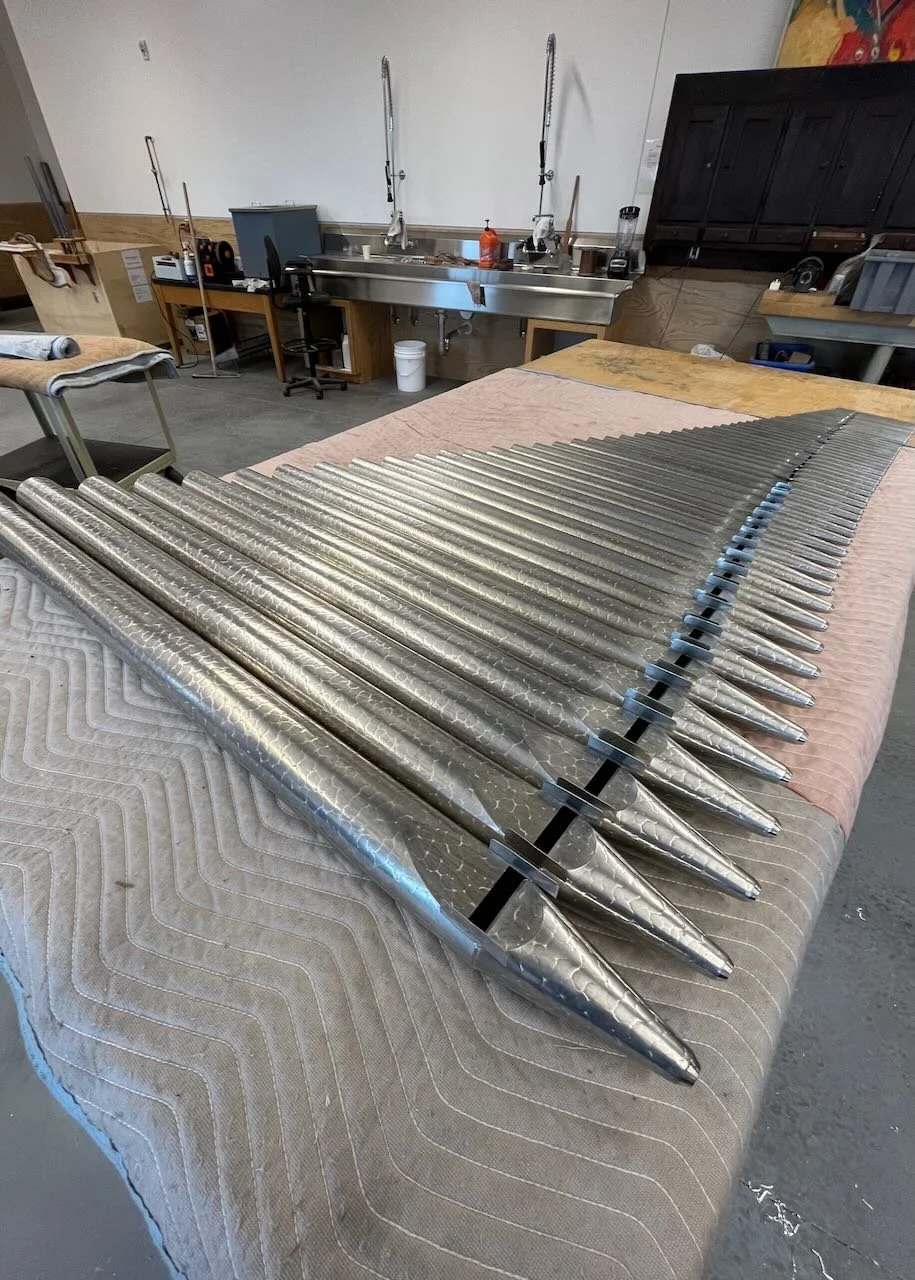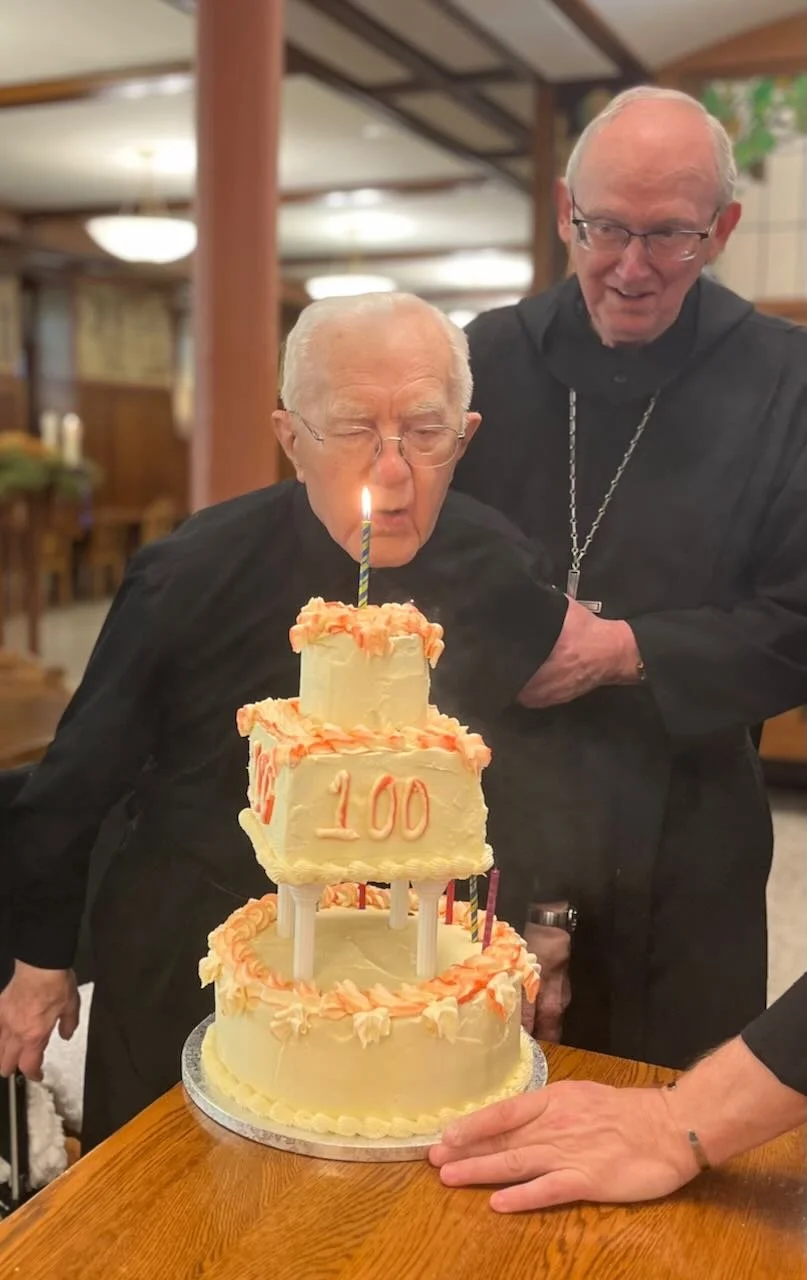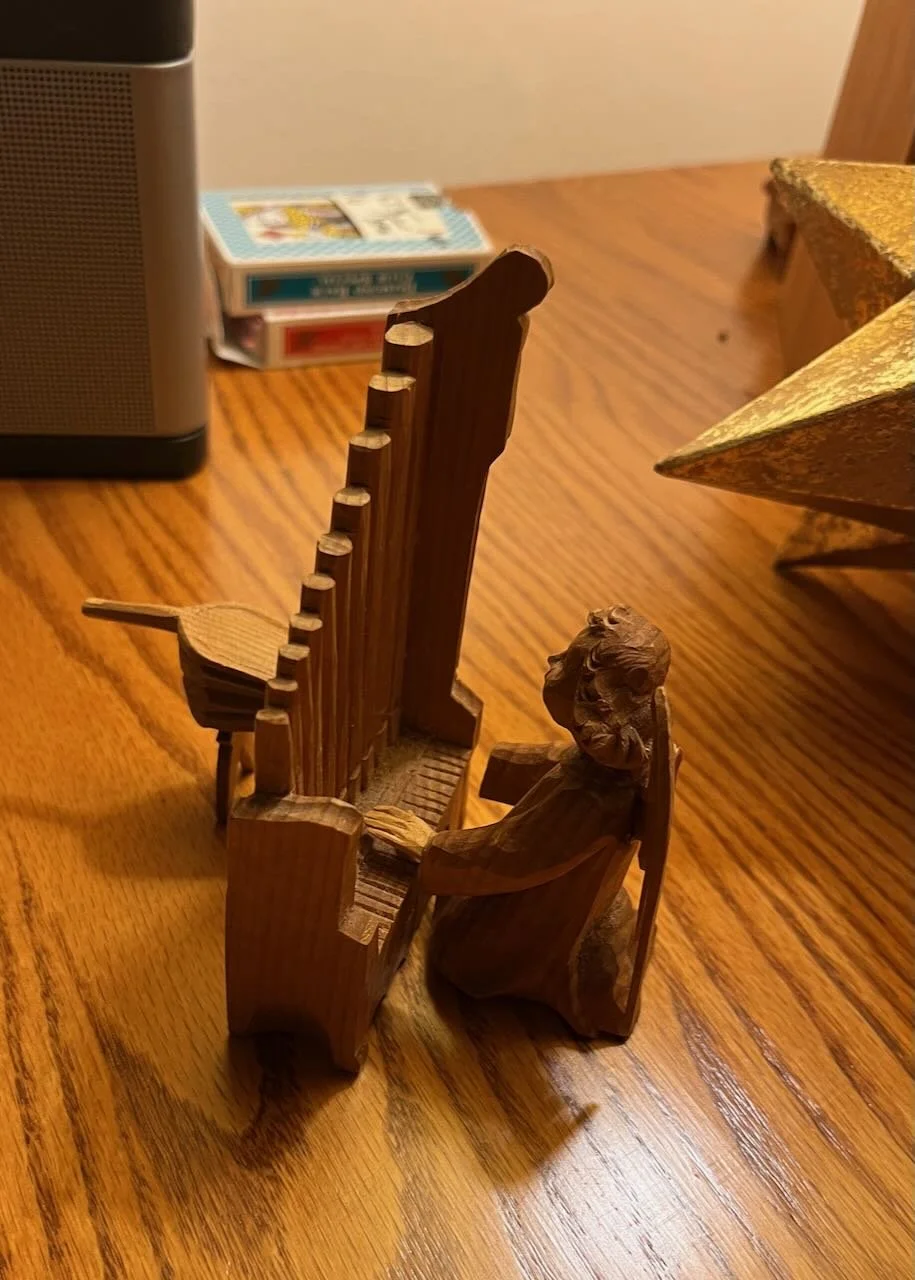A New Student in an Old School
Mastery of a craft is not only visible in a finely made object, but also in the joy the master takes in the work. With years of instruction, training, and opportunities to make mistakes, the difficult things become intuitive, second nature.
Unfortunately, this joy does not come easily. In most cases it requires at least some foundation of basic abilities, many years of work, and stubborn persistence. It can be difficult to know how to begin learning a particular craft, but a traditional pathway in organ building is apprenticeship. The time, place, and formalities of apprenticeship have changed over hundreds of years, but fundamentally it is a way for experienced masters to teach newcomers how to build things.
Two members of Saint John’s Abbey Organ Builders (SJAOB) completed such structured apprenticeships in their native Austria: Martin Pasi in organ building and Markus Morscher in woodworking. In much of Europe apprenticeships are considered a form of higher education and vocational training. They are funded by the government and are put into practice by means of an agreement between a hopeful apprentice and a private company that ensures educational goals will be met. This arrangement is a way of preserving trades connected to cultural heritage and of ensuring that the economy has well trained workers.
After setting out primary educational goals over the past year (and taking the time to build a new shop), SJAOB has recently initiated its own apprenticeship program. Our first apprentice, Sam Culver, started his apprenticeship shortly after the new year and intends to make his home in Collegeville for the next several years as he makes his way through the curriculum. Sam hails from Hokah, Minnesota and is a 2023 graduate of La Crescent-Hokah high school. An organist himself, Sam recognized that he also had a deep passion for organ building and saw our program as a way to explore this passion.
In line with the Benedictine tradition of education, SJAOB wishes to play a role in educating the next generation of organ builders through apprenticeship. In order to provide stability for apprentices while they are learning the craft, we provide them with room, board, and an hourly wage. We hope to bring on one apprentice a year, which would make it possible to have three to four apprentices in the Woodshop in any given year.
Beginning such a program in America brings with it the burden of developing it from scratch. Without external requirements, how do we ensure the best possible experience and training? We find ourselves having to take into consideration two different approaches to creating an apprenticeship program for organ building.
On one hand, we can design an apprenticeship as an entry point for organ building. However, we have to recognize that there will be apprentices who experience the joy of mastering organ building and want to do that as a profession but may discover after a year or two that their joy will best be found through a medium related to organ building, such as organ performance or cabinet making, or they may decide on something completely different. To borrow a monastic term, is organ building a vocation? If after one’s best efforts to follow that vocation, the conclusion is no, one can still find that this has been a worthwhile skill to be taught and to learn.
The second line of thought is that organ building is a technical skill that involves turning raw material into a finished product. At the end of apprenticeship, apprentices should have enough familiarity with all elements of organ building to build a small instrument on their own. This wide range of skills includes pipe making, woodworking, key and stop action making, maintenance, design, and tonal finishing.
Even upon completion of their own project, apprentices are but beginners. Traditional programs would then move apprentices into a journeyman organ builder program for several years, after which they could be considered “master organ builders.” It is also possible that newly minted apprentices will find a greater joy in repairing and maintaining old instruments, for which there is a great need in the United States.
We are fortunate at SJAOB to have time and space set aside to support an apprentice through the first difficult steps of learning, when there seems to be no end of mistakes that are relegated to the trash heap. The first season of apprenticeship is also a crucial time when master pipe makers and woodworkers have the opportunity to identify an apprentice’s style of work and learning and to adjust training and corrections to best suit the individual.
The details of organ building are immense. Each of the thousands of pipes in an organ represents a small difficulty to be overcome before one can experience the joy of making something that is beautiful and works well. Apprenticeship can seem like a never-ending challenge to overcome such difficulties, but it strengthens the hope of finding a fulfilling way of life and of realizing a vocation that rings true.
Postscript: Pictured above are the bookends of our team: Apprentice Sam Culver and Br. Luke Dowell, O.S.B. who turned 100 years old this winter. While not as often, Br. Luke continues to join us in the shop for coffee. We are grateful to have this breadth of age and experience in the shop. Of note is a crèche in the monastery which shows an organ being played at the Nativity.

